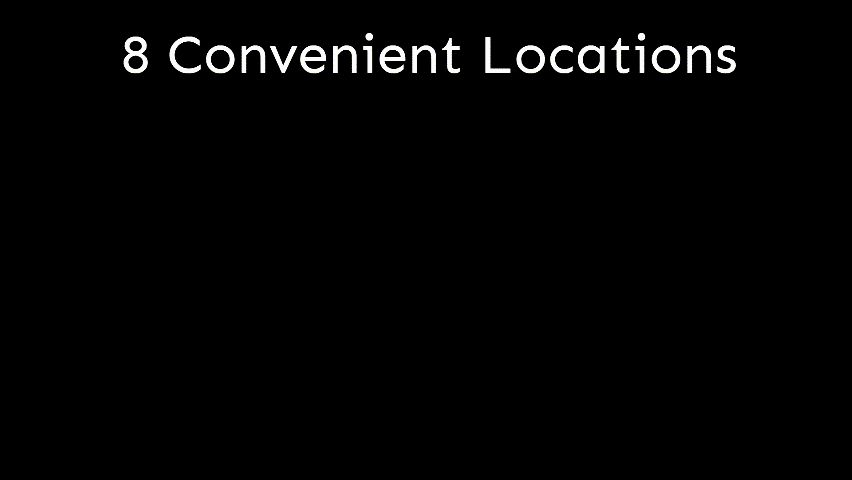Compressed gas cylinders are highly regulated equipment—and failure to maintain them can lead to dangerous incidents or regulatory violations. At Dupoy Oxygen, we emphasize that regular cylinder inspection isn’t optional; it’s a legal requirement, a best practice for safety, and a core component of reliable gas service. Below I break down why inspections matter, what to inspect, how to maintain compliance, and how Dupoy supports you in the process.
Legal & Regulatory Basis for Cylinder Inspection
Under U.S. regulations (DOT, OSHA, CGA), gas cylinders used in industry must undergo periodic inspections and tests. These inspections ensure that the cylinder’s structural integrity, fittings, valves, and safety devices remain uncompromised. Failing to inspect can nullify warranties, lead to DOT violations, and create legal exposure for your facility.
OSHA cites compressed gas and equipment under several standards, and violation of cylinder misuse or storage rules is a frequent citation source. Oregon OSHA+3OSHA+3Oregon OSHA+3
What Should Be Inspected & How Often
Cylinder inspections fall into two categories:
1. Visual / Routine Inspection (Between uses or at refill cycle)
-
Check for external damage: dents, corrosion, gouges, cracks, or pitting.
-
Inspect valve, threads, connections, and relief devices for wear or tampering.
-
Ensure that labels, stencils, and gas identification remain legible and accurate.
-
Look for leaks using approved leak detection fluid on the valve stems, connections, and joints.
-
Verify that safety devices (burst discs, relief valves) are not blocked or damaged.
-
Ensure valve protection caps are intact where required.
-
Confirm that cylinders are within service and hydrostatic test dates stamped on the shoulder.
2. Periodic / Hydrostatic Testing (Every 5 to 10 years, depending on gas and cylinder material)
This involves pressurizing the cylinder beyond its working pressure, then measuring permanent deformation. If the cylinder passes, it is returned into service with a new test date stamp. If not, it is condemned and removed from service.
Follow DOT and CGA guidelines for testing intervals and acceptability criteria.
Inspection & Compliance in the Shop
To maintain compliance:
-
Have a documented inspection schedule aligned with DOT or regulatory intervals.
-
Tag each cylinder with inspection date, inspector initials, and next due date.
-
Maintain a log or digital record of inspection history, findings, repairs, and re-test details.
-
Immediately quarantine any cylinder that fails any visual or leak test. Tag it “Do Not Use,” remove it from service, and contact your gas supplier for return.
-
Train staff to perform daily or weekly cursory checks before using cylinders.
-
Store inspection records for an OSHA audit or certification review.
Why Inspections Matter: Safety, Reliability & Liability
The benefits of regular inspection extend beyond compliance:
-
Safety: A cylinder rupture or failed component can release high-pressure gas violently—risking injury or damage.
-
Reliability: Inspections catch gradual degradation before a catastrophic failure, ensuring your workflow doesn’t stall.
-
Quality: Leaks or degraded valves can introduce contamination or unstable flow that affects welding outcomes.
-
Liability Protection: Documented inspections demonstrate due diligence and help protect your business in the event of incidents.
-
Supplier Trust: Gas suppliers often refuse to refill cylinders that haven’t been inspected or are out of test.
How Dupoy Oxygen Supports Your Inspection Regimen
As your full-service welding gas partner in Central Texas, Dupoy Oxygen offers:
-
Cylinder inspection and testing services (visual and hydrostatic)
-
Tagging, documentation, and test date stamps
-
Quarantining and safe disposal or requalification services
-
Refurbishment or retesting for qualified cylinders
-
Consultation and training on inspection best practices
We often partner with shops to synchronize refill schedules with inspection cycles, so your gas supply and inspection compliance proceed in tandem.
Putting Inspection Into Practice: A Checklist
To help you get started, here’s a simple inspection workflow:
-
Pre-Fill Check: Inspect visually before returning cylinder to supplier
-
Receipt & Incoming Inspection: On arrival, check for damage or out-of-date tests
-
In-Use Monitoring: Weekly or monthly reviews of valves, connections, and leaks
-
Pre-Use Leak Check: Always test with detection fluid before opening fully
-
Quarantine Failed Units Immediately: Label, remove, and notify supplier
-
Hydrostatic Retesting: At prescribed intervals, return cylinder for DOT test
-
Record Keeping: Maintain logs, tags, and digital files for audits
Contact Dupoy Oxygen for Certified Cylinder Inspection & Compliance
Don’t let your welding operations be at risk due to lapsed inspections or noncompliance. With Dupoy Oxygen, you get expert handling, thorough inspection services, and full documentation to support your safety program.
Contact Dupoy Oxygen today to schedule cylinder inspection service, audit your existing fleet, or enroll in our integrated gas + inspection program. Stay safe, compliant, and productive.


